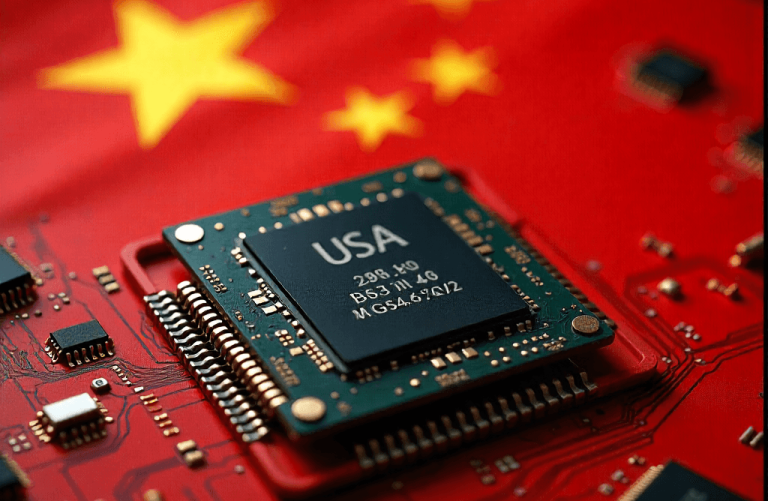
As artificial intelligence (AI) continues to dominate conversations across tech and business landscapes, questions are emerging about whether the rapid surge in AI investment and expectations is sustainable. Nvidia (NASDAQ: NVDA), one of the key players in the AI industry, has been at the center of this debate. Recently, economics professor Steve Hanke voiced concerns about whether the AI sector, championed by Nvidia CEO Jensen Huang, is heading toward a bubble.
The Debate Over AI’s True Value
During a recent presentation in Washington, Nvidia CEO Jensen Huang dismissed concerns about an AI bubble, declaring that the current advancements represent a natural shift from traditional general-purpose computing to sophisticated accelerated computing capabilities. Huang highlighted AI’s breakthroughs in reasoning and research, positioning the technology as a game-changing investment for businesses worldwide. He remarked, “I don’t believe we’re in an AI bubble. These innovative AI models we’re utilizing every day are creating significant value.”
However, Steve Hanke, a prominent economics professor, remains skeptical. In a November 2 X (formerly known as Twitter) post, Hanke criticized Nvidia’s revenue projections for AI, calling them exaggerated and suggesting that these forecasts are unlikely to translate into real-world profits. “Nvidia CEO Jensen Huang is probably blowing smoke. The AI bubble is alive and well. The AI firms’ revenue forecasts are simply on another planet—one that will probably never be reached,” Hanke stated.
Lessons From Past Market Bubbles
Hanke’s warnings echo historical instances of market bubbles, where sky-high investor expectations outpaced economic realities. The AI industry’s current hype has led to significant investments and soaring valuations for companies like Nvidia. While Nvidia has benefited immensely, with its valuation surging alongside rising AI-related spending, analysts are noting that its revenue is heavily reliant on a small group of data center operators. This concentration increases risk, especially if AI growth slows down or fails to meet lofty market expectations.
Despite Hanke’s warnings, Huang has called for optimism, asserting that AI is now an indispensable tool across various industries and a worthy focus for long-term investments. Whether these claims hold water or signal a growing bubble remains to be seen.
Investing in the AI Era
For those looking to take advantage of the AI boom while managing risk, a diversified investment strategy is key. Platforms like eToro make it easy for investors to access AI-linked stocks, cryptocurrencies, and other assets. They also offer features like real-time tracking and copy trading to mirror top-performing portfolios. Remember, as with any high-risk sector, it’s essential to invest only what you can afford to lose.
Conclusion
The ongoing debate surrounding the AI industry highlights a critical crossroads for investors and tech enthusiasts alike. With Nvidia leading the charge in AI development, its future could signal either incredible growth or a market correction. As always, staying informed and adopting a balanced approach to investing can help you navigate the uncertain yet exciting landscape of AI.



